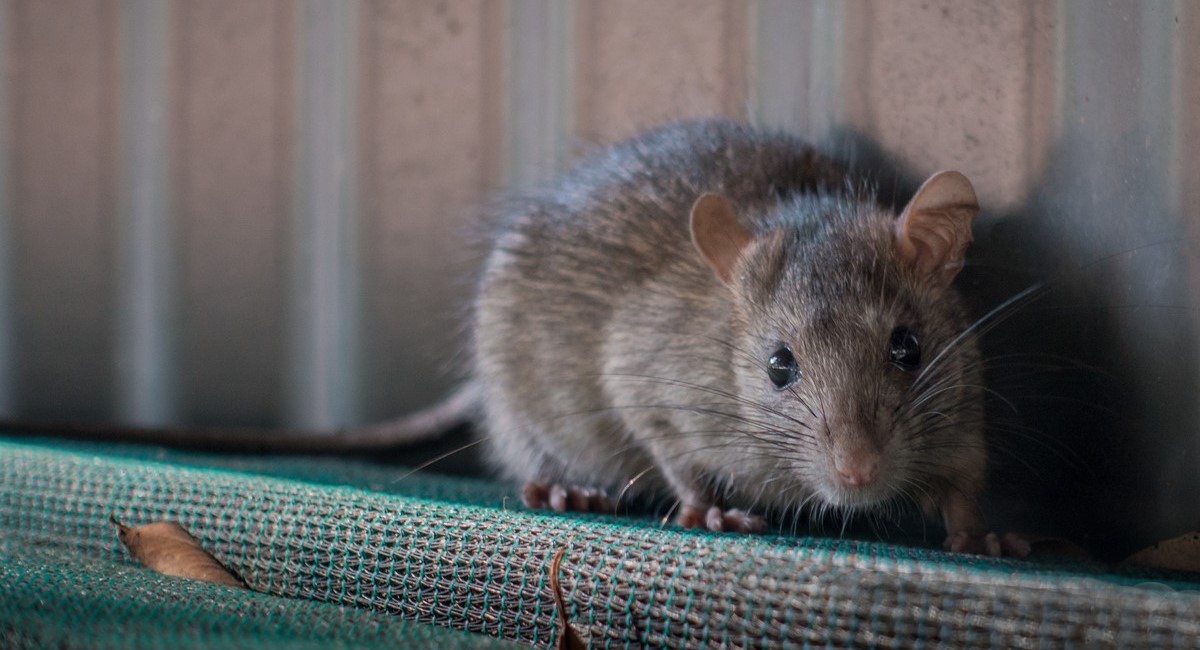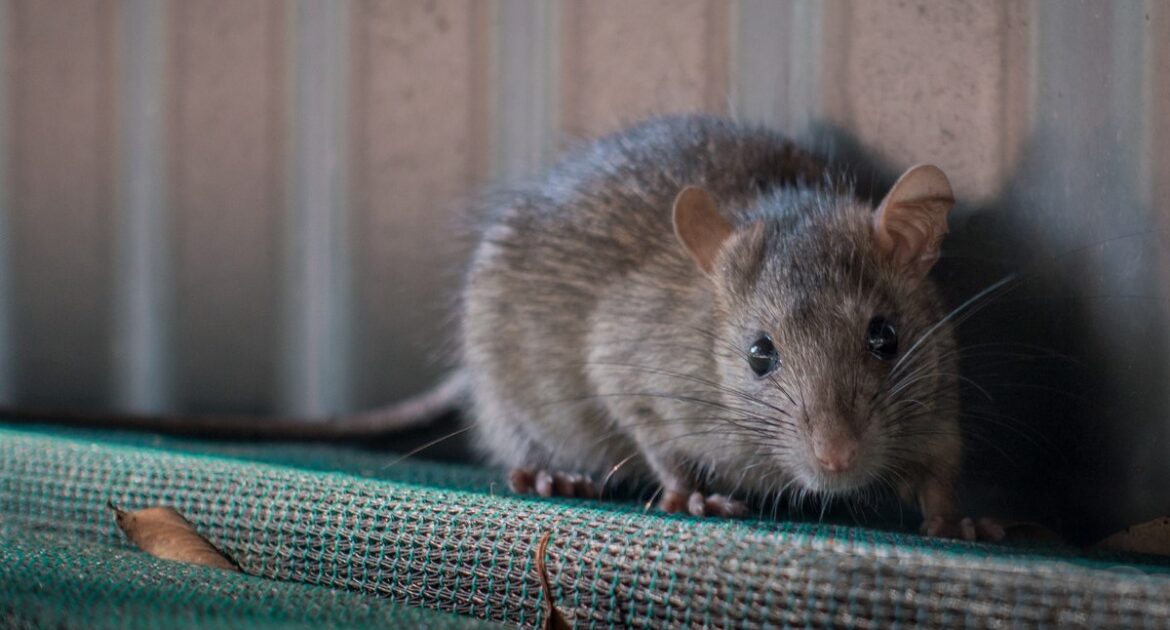Discovering a rat nest in your home can be unsettling, and figuring out how to get rid of rats is likely at the top of your agenda. These clever rodents are attracted to the warmth and resources that a home provides, making urban environments like Toronto a common battleground between homeowners and wildlife.
Skedaddle’s effective wildlife control in Toronto is paramount to reclaiming your space from these unwelcome guests. While rats are notorious for staying out of sight, there are telltale signs that can lead you to their hideouts, ensuring that professionals can efficiently remove them. Keeping your home free of rats not only creates a more comfortable living environment but also protects against the health risks and damage these animals can inflict. Understanding the hints they leave behind is your first step toward maintaining a rat-free residence and knowing how to keep rats away for good.
Understanding the Rat Problem in Toronto
Toronto, being a metropolitan melting pot, faces unique challenges when it comes to wildlife and pest control. Rats are particularly adept at living alongside humans, taking advantage of our infrastructure and the warmth of our buildings. In a city where apartments and homes are often just a few feet away from each other, an infestation in one unit can quickly become a building-wide issue.
But understanding the scope of Toronto’s rat issue is only the first step. The real challenge is in recognizing the signs of an infestation in your own home and taking action fast.
Signs of a Rat Infestation
Rats are elusive creatures and will do their best to remain unseen. However, if you know what to look for, you can spot the signs of their presence. Here are some key indicators:
- Droppings: Droppings are a clear indication that there are rats in your home. Fresh droppings are dark and moist, becoming hard and gray as they age. You can find these droppings nearly anywhere a rat travels, but common areas include along walls, in cupboards, and near food sources.
- Gnaw Marks: Rodents have a need to chew, so their gnaw marks can be found on anything from food packaging to baseboards and electrical wires. Gnawing on wires can be a fire hazard, making this behaviour a dangerous sign of infestation.
- Tracks and Runways: Rats tend to use the same pathways to travel throughout your home, creating well-defined tracks. They often run along walls for protection, and you can sometimes find ‘smudges’ where their oily fur rubs against surfaces.
- Sights and Sounds: Spotting a rat is sometimes the most definitive sign. They are most active at night, but if you see one during the day, you likely have a heavy infestation. They are also very noisy at night, making scratching and squeaking sounds as they move about and communicate.
Investigating Your Home for Rat Nests
Now that you have an idea of what to look for, the next step is to locate the rat nest. A nest is its home base; it’s where they can eat, mate, and give birth to their litters. It’s typically a quiet, hidden spot where rats feel safe, often indoors and rarely more than 10-30 feet from a food source.
Rats prefer to nest in secluded, hard-to-reach locations such as attics, wall voids, crawl spaces, or beneath floorboards. Common materials used for nesting are shredded fibrous materials like paper, fabric, or insulation.
The actual nest may be hard to spot, but typical signs include the gathering of nesting materials, droppings concentrated in one area, and often a musky odour. If disturbed, rats will quickly rebuild their nest.
Sometimes, your senses can be the best detectors. The smell of rat urine and burrows or pathways leading to and from the nest are additional giveaway signs.
How To Get Rid of Rats
Rats pose significant health risks through the transmission of diseases like hantavirus and leptospirosis. It’s crucial to address an infestation as quickly and as safely as possible. Here are the steps to ensure effective rat removal.
Step 1: Professional Assessment
The first thing to do when you suspect a rat infestation is to call in a professional wildlife control expert. Skedaddle provides in-depth assessments that include the identification of entry points, population size, and the development of a personalized removal plan.
Step 2: Customized Removal Plan
One of the benefits of professional wildlife removal services is the specialized, strategic approach. This includes environmental modifications and exclusion techniques customized to your home’s unique layout.
Step 3: Sanitization and Restoration
Following the removal of rats, it’s critical to sanitize and restore the affected areas. Professionals use specialized equipment and techniques to ensure that no biohazard materials or odours remain – both of which can attract new pests.
Step 4: Ongoing Maintenance
A single wildlife removal is not enough. Ongoing maintenance, including sealing entry points and employing exclusion methods, is necessary to prevent future rat problems.
How to Keep Rats Away from Your Home
The final step in the process is to take preventative measures to ensure rats can’t return to your home. Proactive rat-proofing can save you a lot of time and potential damage in the future.
Seal every hole and crack larger than a quarter inch to keep rats out. For larger openings leading to void spaces such as attics or wall cavities, use steel wool or wire mesh as a barrier. By reducing the number of hiding spots in your home, you make it less attractive to rats. Keep areas clean and free of unnecessary items that can provide shelter.
Keep all food stored in airtight containers, maintain garbage areas, and secure compost bins. These are all potential food sources that can attract rats. Also, keep shrubbery and other vegetation away from the home’s exterior. Regularly inspect and maintain the home’s foundation, roof, and chimney for possible entry points.
Why Skedaddle Is Your Best Choice for Rat Removal
Skedaddle has been the leader in humane wildlife control for over 30 years, with services tailored for Toronto’s urban challenges. Our team of experts understands the ecology and behaviour of urban pests, and we provide comprehensive, guaranteed solutions. We combine humane removal techniques with restoration and prevention to keep your home and family safe from wildlife threats.
When it comes to rat removal, taking the DIY route can be ineffective and dangerous. Untrained individuals may expose themselves to contaminated areas or cause serious damage to their home’s infrastructure. With Skedaddle, you can trust that the job will be done right, the first time, without putting anyone’s health or home at risk.
Keeping Toronto Homes Rodent-Free
Rat removal is not a task to tackle casually. It’s a process that requires knowledge, skill, and attention to detail. If you’ve identified any of the signs or suspect that you have a rat problem, don’t hesitate to reach out to Skedaddle. We’re here to keep Toronto homes healthy and wildlife-free.
Ready to rid your home of these unwanted guests? Contact the Skedaddle team today for a professional assessment and take the first step towards a rodent-free home. Don’t wait – call us now and reclaim your peace of mind. Remember, in the battle against rats, the best defence is a good offence.




